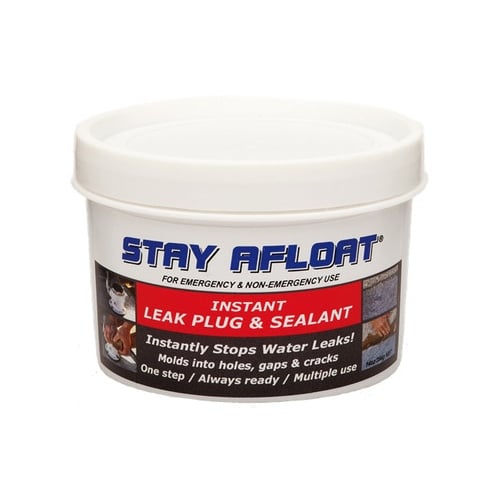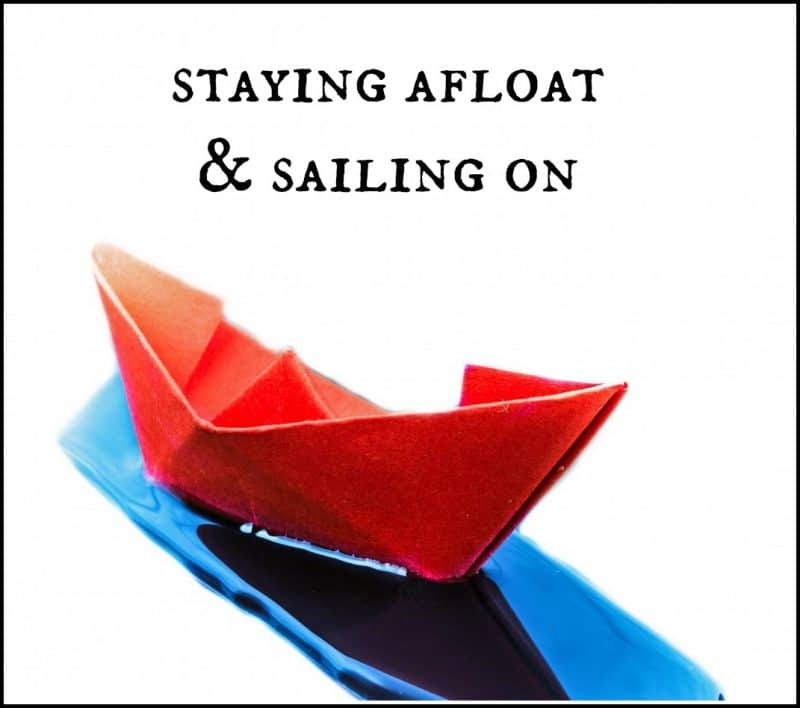

It is critical to keep your head and neck above water in order to avoid drowning. You should be able to survive for 2-3 hours if you wear an inflatable life vest. If properly fitted, the life vest can keep you afloat and safe for up to 24 hours. How Long Can You Float With A Life Jacket

As a result, when a person wears a LifeJacket, the total weight displaced by the water is much lower than if he or she were wearing a separate piece of clothing. Why do we use life jackets in the water? The LifeJacket, on the other hand, is a lightweight device that weighs significantly less than the average human being’s weight. In the water, wearing an inflatable life vest can take you 2-3 hours to fully recover. How long will life jackets last? If your life vest is properly fitted, you can wear it for up to 24 hours, allowing you to stay afloat and safe. Depending on the person, they can be worn by adults or children. The Type I, as opposed to Type II and III, has no bulky features, but most unconscious people will find it easier to reach the face-up position.

Which is the most buoyant life jacket ever made? Type I Personal Flood Destroyers are the most buoyant, which makes them suitable for all types of water conditions, including rough and isolated waters that may delay rescues. Because the density of the water and the life jacket differs, buoyant force is created. When gravity tries to make you sink, buoyancy counteracts its effect. How does my life jacket float? Life jackets save lives because they are more buoyant in water than people they float on the surface. How Life Jackets Work: Everything You Need To Know Some life jackets also have a CO2 cartridge that can be used to inflate the jacket, making it even more buoyant. This means that when someone wearing a life jacket falls into water, the foam will cause the person to float. Most life jackets are made out of a closed-cell foam that is less dense than water. Will You Always Float With A Life Jacket? You should also be sure to stay calm and relaxed while you are floating, as this will help you to stay afloat for a longer period of time. It is important to practice these techniques before you find yourself in a situation where you need to use them. This will help you to stay afloat and will also keep your body heat from escaping. If you are trying to conserve your body heat in cold water, you can float on your back with your knees bent and your feet pointing up. You can also float on your stomach, but this can be more difficult. If you are swimming in a pool or lake, you can float on your back by using your arms and legs to keep yourself afloat. You can also use your arms and legs to help you stay afloat. The most important thing is to keep your head above water and to relax your body. There are a few different techniques that you can use to float without a life jacket.

This can be useful in a number of different situations, such as when you are swimming in a pool or lake, or when you are trying to conserve your body heat in cold water. If you have the proper technique, you can float without a life jacket for an extended period of time. A life jacket is not always necessary when you are trying to float.


 0 kommentar(er)
0 kommentar(er)
